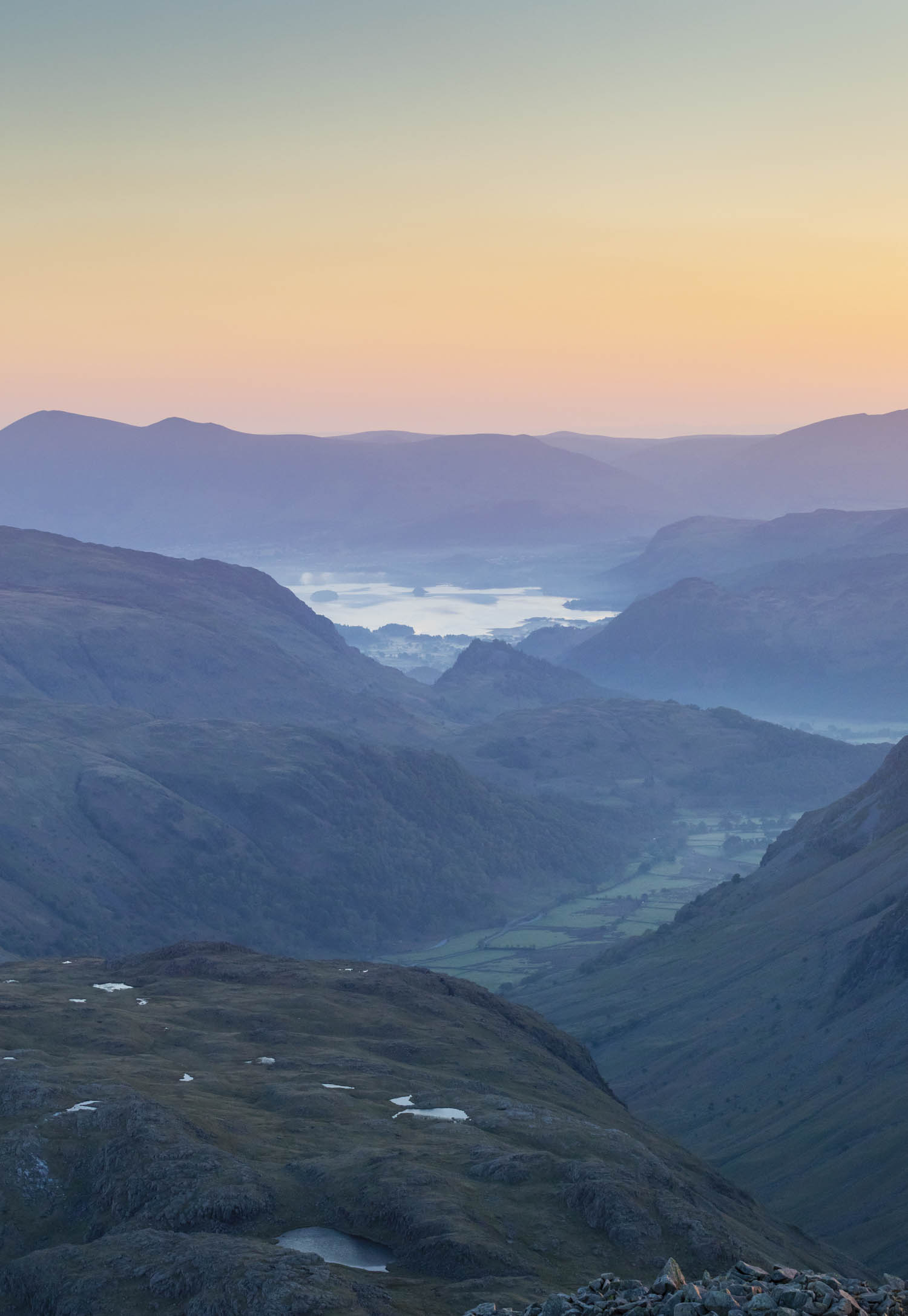I wake up on the top of a mountain ready to capture the sunrise in this landscape photography vlog. We also compare two ways to capture your panoramic photographs, handheld or with a tripod.
Landscape Photography Workshops - https://www.firstmanphotography.com/workshops
Wild camping and landscape photography are married and there is no better way to capture a sunrise than waking up on a mountain in the Lake District. The peace, harmony and wellbeing felt from an experience like that is second to none. Not to mention a brilliant opportunity to capture some stunning photographs.
This includes some panoramic photography, or panorama photography. I have talked recently about doing handheld landscapes, particularly panoramas so I wanted to test out which was better; handheld or with a tripod. I took two series of images of the same scene and then combined them both into a panorama using Adobe Lightroom. Lightroom has a feature called boundary warp that pulls the edges of a panorama to fill in any blanks created whilst merging the individual images. It is very powerful and does a great job, especially with landscape images when there are not many straight lines.
In the video my handheld panorama is shot pretty irrationally, but with a combination of boundary warp and cropping, the final image looks virtually identical to the more ‘text book’ tripod shot.
Using a tripod is still the best way for overall quality. It is a faff though and more difficult to do, which includes have a very level tripod. Handheld panoramas are fast to shoot and the results are almost as good. The upside is that you will almost certainly create more images using the handheld method, where in the past you might not have bothered to get the tripod out.









